Inside the
IPI pipeline
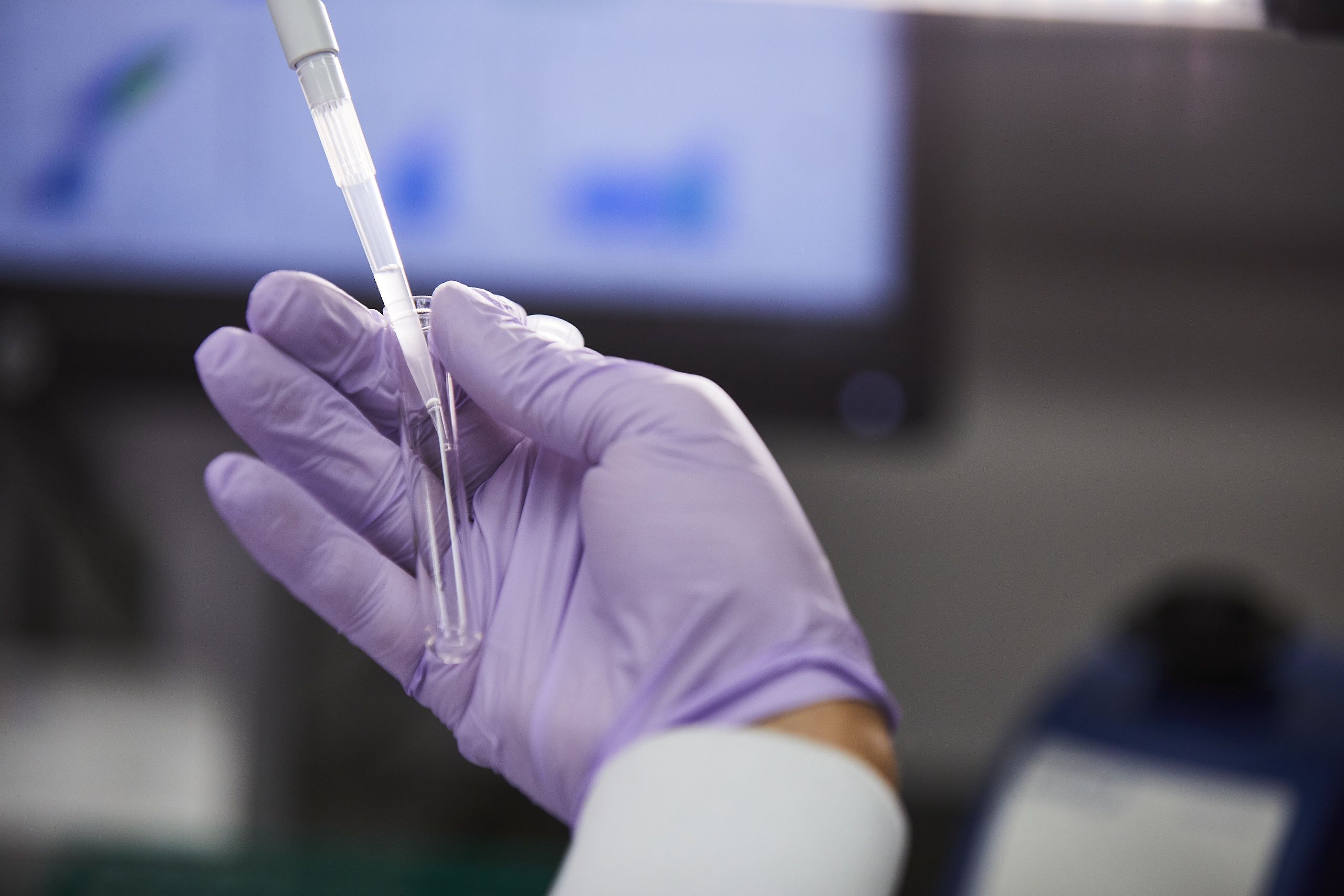
Of the tools underpinning biomedical research, antibodies are among the most impactful.
Their ability to recognize and attach to biomolecules has powered fundamental discoveries, diagnostic methods and treatments for diseases, including COVID-19.
At the Institute for Protein Innovation (IPI), scientists generate reproducible, high-quality synthetic recombinant antibodies that go beyond the limitations of traditional antibodies. They’re designed for enhanced applicability in specific assays and targeted influence on receptor function, making them a boon for research and drug discovery.
But antibody generation relies on a solid basic research platform and an efficient antibody discovery pipeline.
At IPI’s core is a platform that couples state-of-the-art yeast display technology with skilled scientists from top institutions worldwide. In 2021, Rob Meijers, director of the antibody platform at IPI, streamlined operations by organizing scientists into four teams: Protein Production, Biophysics, Antibody Discovery and Bioinformatics.
This structure has enhanced cross-lab communication and improved quality control at every stage of production. And from that platform, a comprehensive six-step pipeline has evolved:
- Protein research
- Antigen production
- Antibody discovery
- Bioinformatics
- Antibody production
- Biophysics
Keep scrolling to explore the pipeline. >>
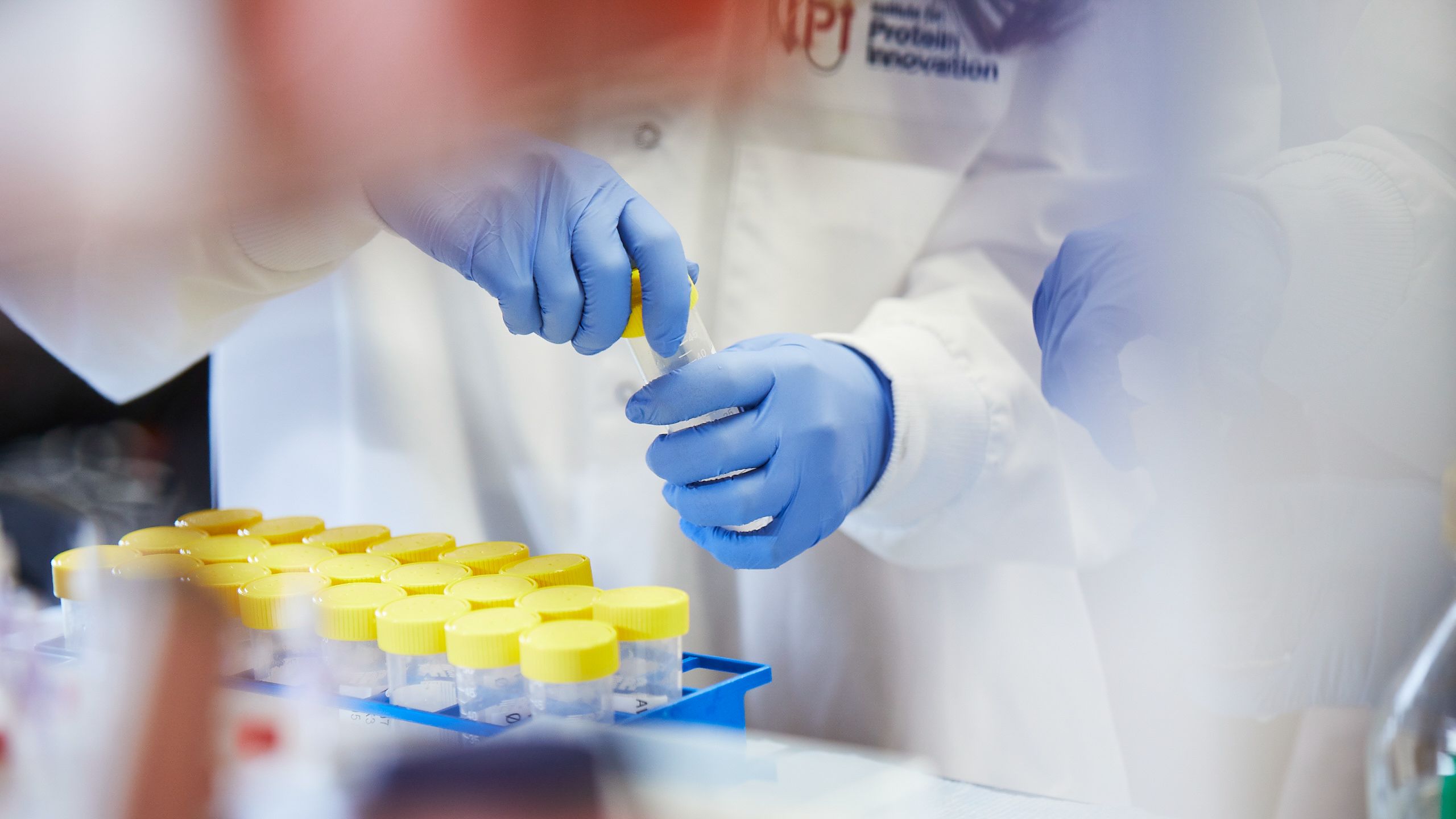
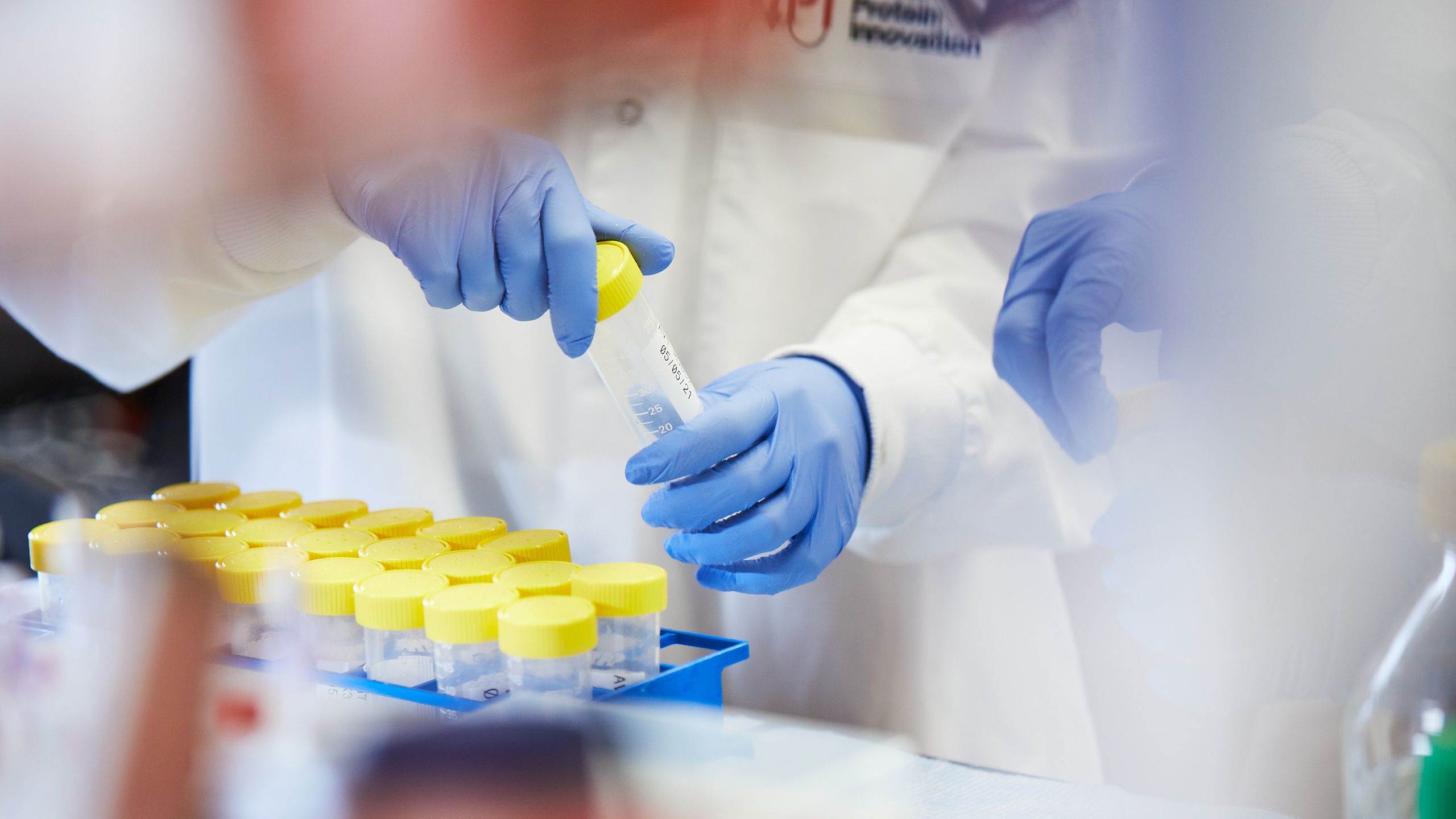
Protein research

Protein research
At the front of the pipeline is IPI's Protein Research team, composed of principal scientist Shaotong Zhu, postdoctoral fellow Nirakar Basnet and research associate Siobhan Shea.
Understanding the architecture of a receptor is the first step in building essential protein tools. The team uses biochemical and structural experimentation and predictive programs, like Alpha Fold, to interrogate challenging protein complexes — including the notoriously hard-to-reach opioid receptor.
This intensive basic research is painstaking, but there's beauty in answering fundamental biological questions and working methodically to unearth hidden molecular blueprints, according to Zhu.
“If you want to do science, you have to be patient — and then just try to not easily give up,” she said earlier this year.
Antigen production
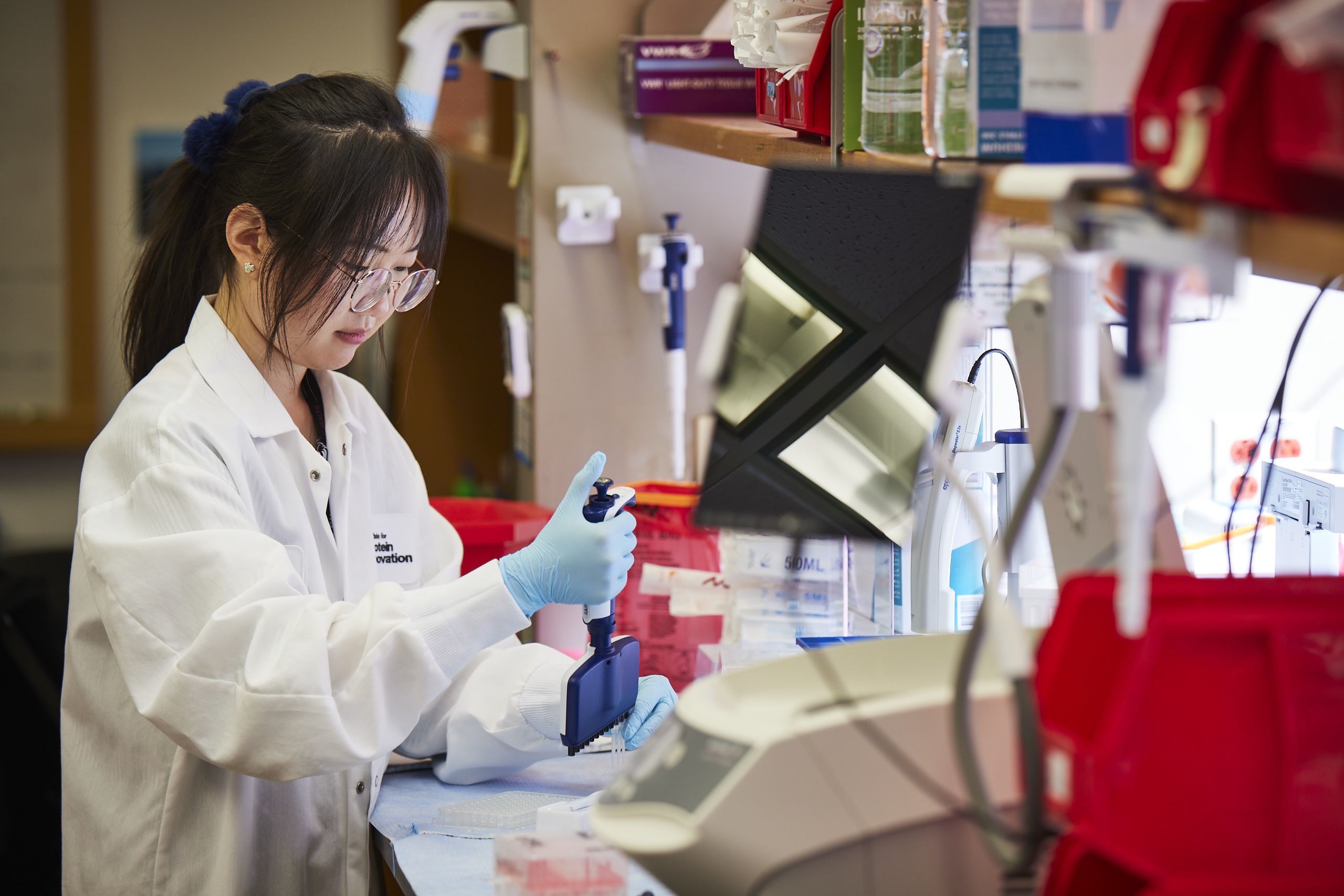
Antigen production
IPI's Antigen Production team, headed by senior scientist Anita Ghosh, has the vital task of generating high-quality antigens to defined protein targets.
Ghosh and principal scientist Haisun Zhu first design antigen plasmids. Next, a team of research associates helps to express, harvest, purify and biotinylate the proteins, often a weeks-long process.
The team then characterizes the antigens using SDS-PAGE, dynamic light scattering and mass spectrometry, with help from the Biophysics team. When the proteins pass these quality control checks and demonstrate good stability, they move down the line to aid in the antibody discovery process.
But if the antigens fail these characterization assays, the team flags them for a redesign and repeats the process — otherwise, it's "garbage in, garbage out," according to Ghosh.
“The better the starting material," she says, "the higher the chance of successful discovery."
Antibody discovery
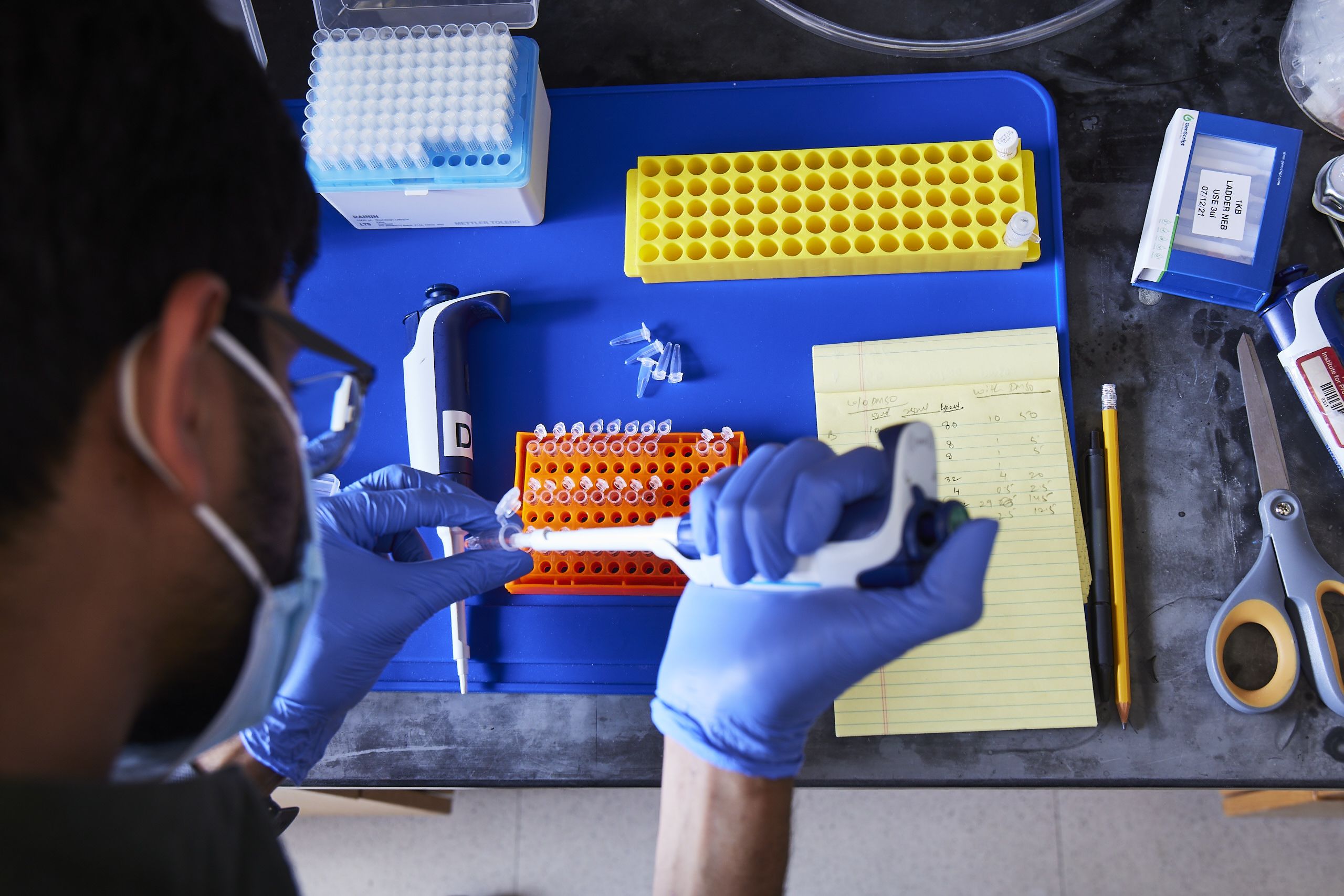
Antibody discovery
Principal research associate Matt Salotto guides antibody discovery at IPI, relying on a contingent of committed research associates and a diverse yeast display library, currently being optimized by scientist Deepash Kothiwal.
IPI’s library contains approximately 10 billion yeast cells, each expressing the antigen-binding region (Fab) of a particular recombinant antibody on its surface. To put it bluntly, "we've hijacked the reproductive system of these yeast cells" to facilitate the discovery of high-affinity antibodies, Salotto says.
To sift through this library and pinpoint target proteins, the team uses the antigens carefully designed by the Antigen Production team. It's a month-long, multi-step process involving:
- Magnetic-activated cell sorting (MACS), a high-throughput way to cull non-binders
- Three progressively strict rounds of affinity fluorescence-activated cell sorting (FACS)
- One negative polyspecific reactivity FACS selection, performed before the final affinity FACS round, which uses a non-target protein to filter out nonspecific binders
This process eliminates all but the best-binding antibody contenders, which move downstream to sequencing, data-crunching and — for the best of the best — high-throughput production.
Bioinformatics
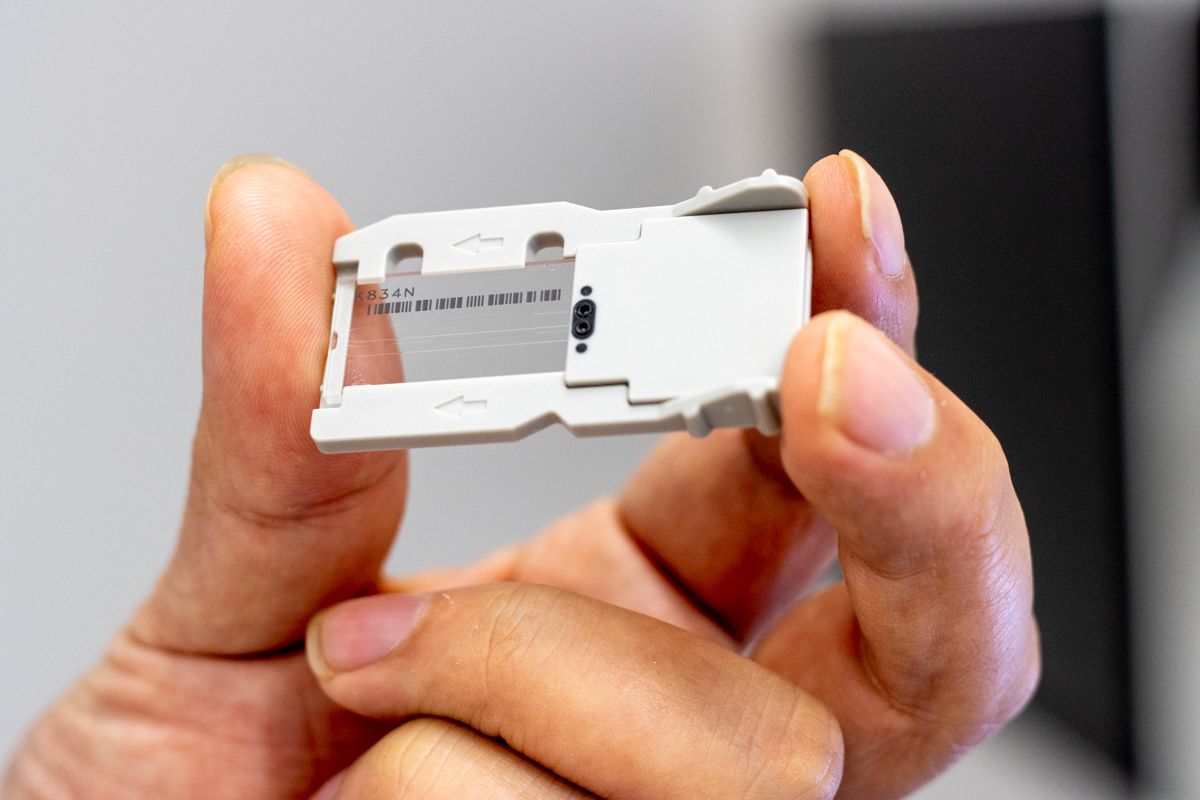
Bioinformatics
Principal scientist Haisun Zhu and senior software engineer Mahesh Vangala comprise IPI's bioinformatics front.
Once the Antibody Discovery team sorts for the best binders, they pass the information on to Zhu. He sequences the Fabs of interest using high-throughput next-generation sequencing technology.
For Vangala, these sequences are fodder for a vast internal database. He uses the data accumulated in the electronic notebooks kept by the individual scientists and molds them into a navigable user interface.
"Not everybody is programming savvy, so you need to be building [interfaces] — not only the static content, but content that’s dynamic and varies," Vangala says. "Otherwise, there is no value."
With the computational heavy lifting done, lab members can then use this data to inform decisions across the pipeline, optimize antibody discovery and standardize production.
Antibody production
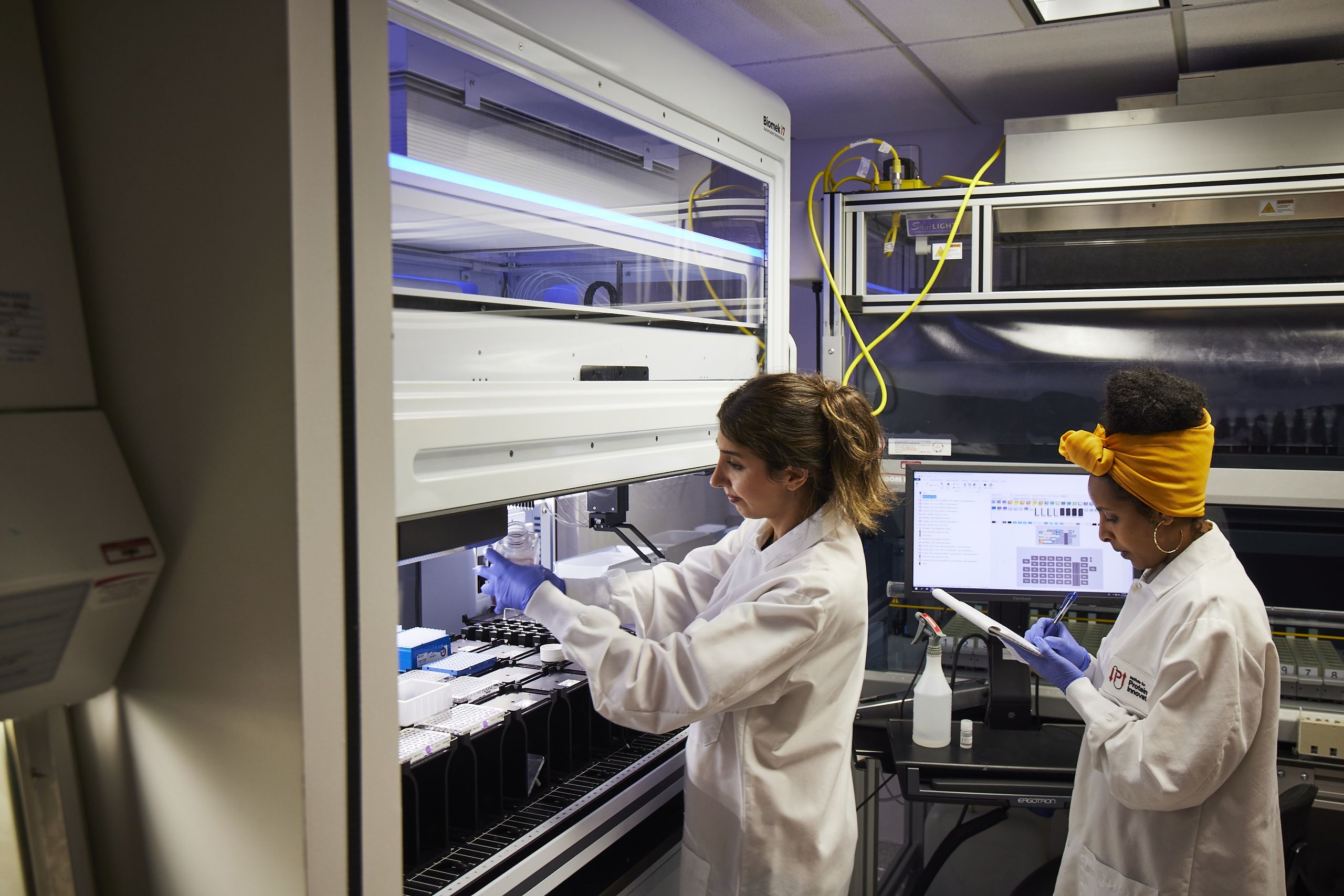
Antibody production
Using Zhu’s sequencing data, IPI scientists order the DNA encoding top-performing binders. Then, scientist Roushu Zhang and the Antibody Production team take over.
Using high-throughput techniques, they express, harvest, validate and purify recombinant monoclonal antibodies — working with the Biophysics team as they go to enhance specificity and affinity.
The aim is to help create well-validated, open-source antibodies against every extracellular and secreted protein in the human proteome — an ambitious goal.
For now, IPI is focused on rectifying the dearth of reliable antibodies targeted to key cell surface receptors and their ligands, including a host of targets in the adaptive immunity and axon guidance arenas.
From 2021 to 2022 alone, Zhang and the team produced and characterized nearly 2,000 antibodies — including nearly 100 with excellent biophysical binding characteristics.
Biophysics
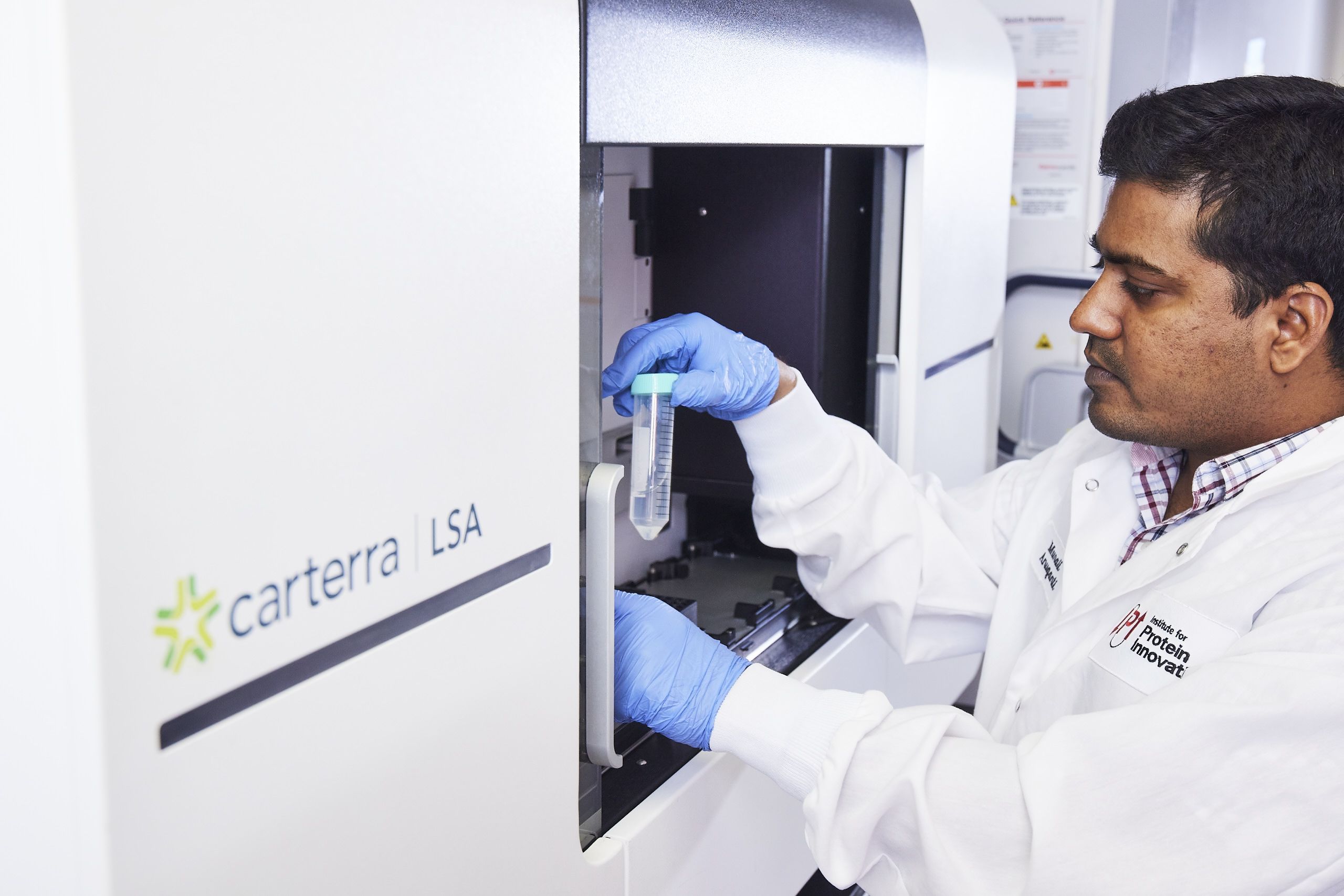
Biophysics
Senior scientist Haiying Li and scientist Murali Anuganti drive the pipeline's quality control arm through high-throughput biophysical assays. These intensive tests, which are woven throughout the pipeline, include:
- Mass spectrometry, a tool to measure the mass-to-charge ratio of a protein and calculate its unique molecular mass, thereby verifying its identity.
- Dynamic light scattering, a method of using polarized and depolarized light to indicate protein size, affinity and yield.
- Biolayer interferometry, an optical technique that exploits the reflection of white light off a biomolecular tip to determine protein kinetics and affinity.
- Surface plasmon resonance, a flow-based technique that uses the angle of light refraction to judge antigen-to-antibody dissociation.
Though useful for antigen optimization, this comprehensive tool box is most critical in verifying the quality, quantity and specificity of IPI antibodies so they can facilitate biological research and drug discovery. And there's immense value in this validation, according to IPI president and CEO Ken Fasman.
"Twenty years from now," Fasman says, "I would love people to say that discoveries and methods that came out of IPI radically changed the way we do science and the way we understand health and disease.”
The Institute for Protein Innovation (IPI) is pioneering a new approach to scientific discovery and collaboration. As a nonprofit, we provide academia and industry with synthetic antibodies and deep protein expertise, empowering researchers to unlock the most elusive mysteries of biology.
Our mission is to advance protein science to accelerate research and improve human health. For more information, visit proteininnovation.org or follow us on social media, @ipiproteins.
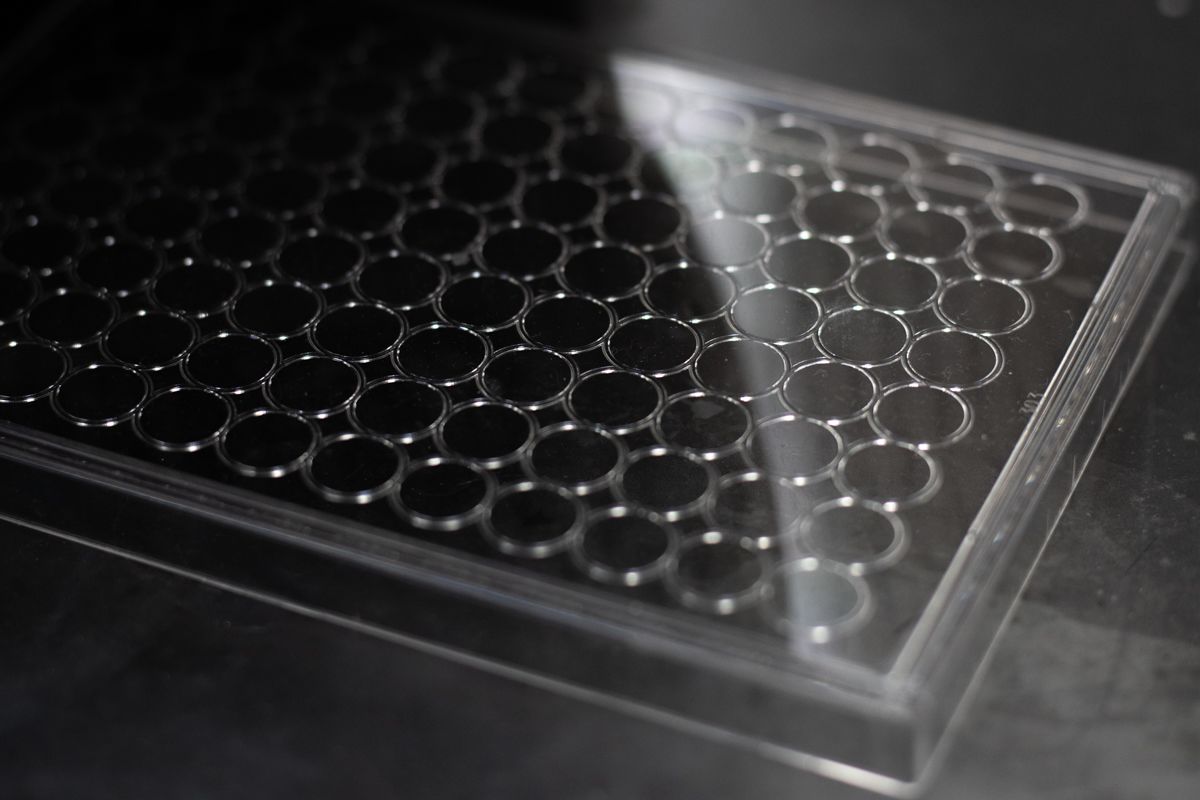
Find more information on the IPI pipeline
and our ongoing projects here.
Text by Caitlin Faulds.
Halle Marchese contributed to this piece.
Photos by Pat Piasecki and Caitlin Faulds.
Videography by Ray Burgett. Watch additional IPI videos here.

